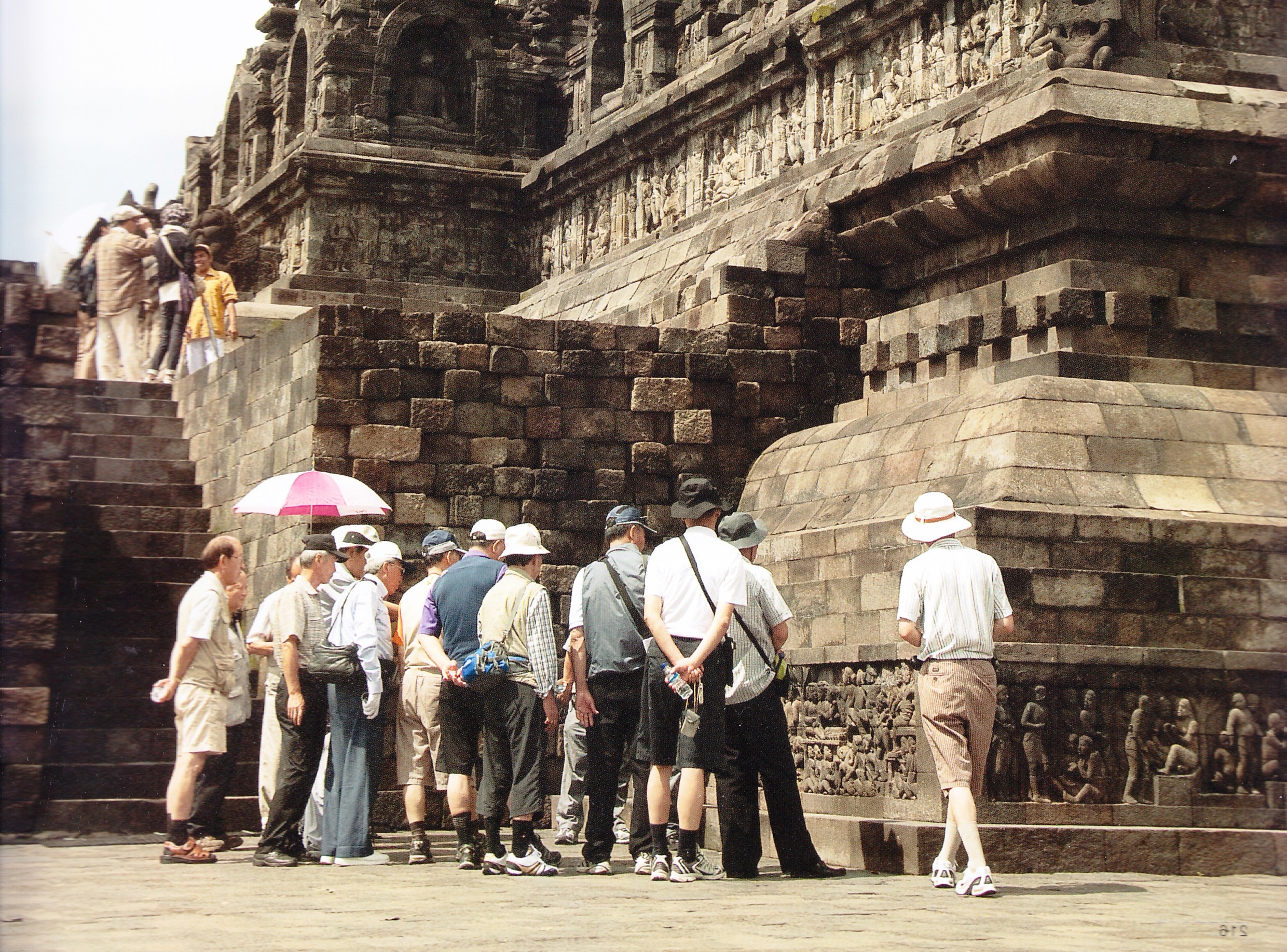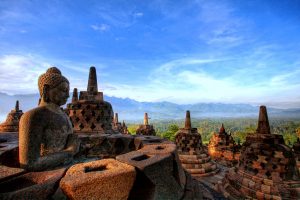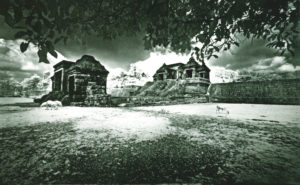Buddhist teachings in the reliefs at the foot of Borobudur temple

If we look further, we can see that the reliefs found at the foot of the Borobudur Temple are related to the core of Buddhism. The reliefs that adorn the feet of the temple depict the doctrine of the cause of human suffering and the result of human actions in the next life. By comparing the relief sculptures with Buddhist or Sutra scriptures, it can be seen that temple reliefs are connected to each other to tell a story that represents the Mahakarmavibhanga Sutra, or the law of suffering and the result of deeds.
The 160 panels that contain scenes in relief tell about everyday life, deeds that produce good and evil, the consequences that exist on the act, as well as heaven and hell. 23 of the entire panel is a quote from the Mahakarmavibhanga Sutra. As indicated by the word karma, this relief describes the various human actions and their effects. Some scenes can be interpreted as a pretitya samutpada symbol, which refers to the mandala Bhacavakra from Tibet. In this mandala, (1) avidya (indifference) is symbolized by a blind woman, (2) samskara (basic impulse) symbolized by pottery being made by artisans, (3) vijnana (consciousness) is depicted by monkeys picking fruit, 4) namarupa (personality) is described as a boat in a journey, (5) sadayatana (the six sense organs) is a house with many windows, (6) sparsa (relationship) is described by kiss, (7) vedana (feeling) is depicted through a man With the arrow in his eye, (8) trsna (desire) is illustrated by the drinking scene, (9) upadana (derma) is illustrated by the activity of picking fruit from the tree, (10) bhava (process of occurrence) is described with the pregnant woman, (11) Birth) is depicted by a scene of birth, and (12) jaramaranam (old age and death) is depicted with a corpse brought to the place of extermination.
The significance of the whole series of reliefs shows that the concept of karma here is placed in the context of the samutpada pratitya consisting of 12 links that describe the cause of human suffering. Now, the series of reliefs have been covered and form in the foot of the temple. Thus, the foot of the Borobudur Temple contains a core of Buddhism emphasizing the first two Truths; Life is suffering, and suffering has a cause.


